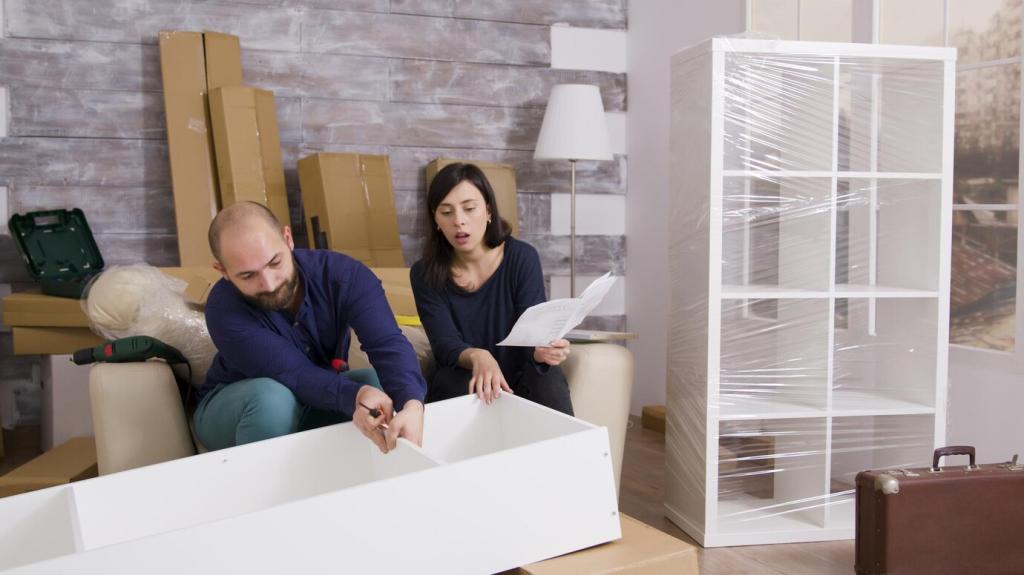Mirrors in Functional Zones
Place a soft-edged mirror above a low dresser to widen the wall without competing with headboard height. Avoid facing the bed directly if reflections distract sleep. Tell us your layout, and we’ll suggest serene placements that still feel luxurious.
Mirrors in Functional Zones
An oversized round mirror above a narrow vanity maximizes light bounce and face-framing. Pair with vertical sconces for even illumination. Share your vanity width and ceiling height, and we’ll recommend a balanced diameter that feels spa-like yet practical.






